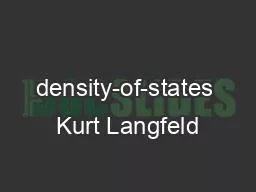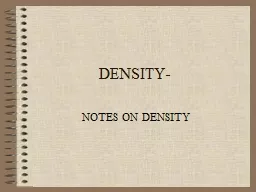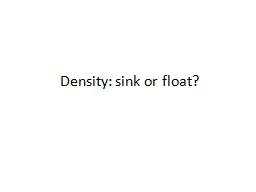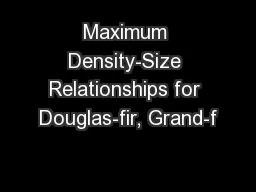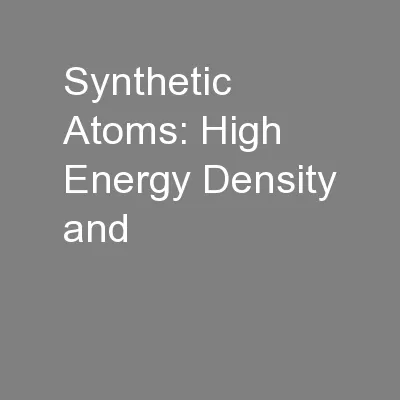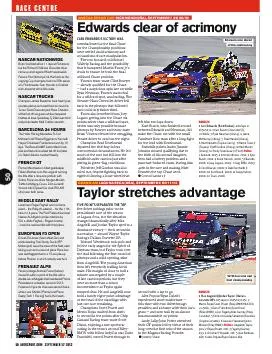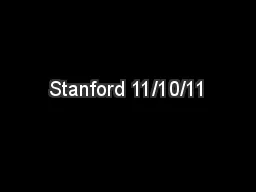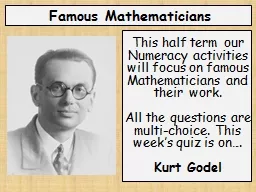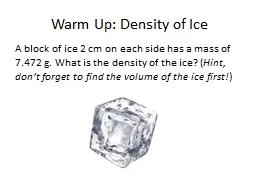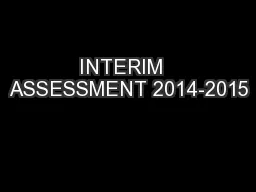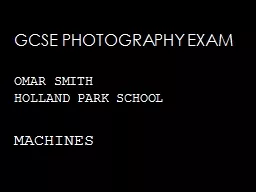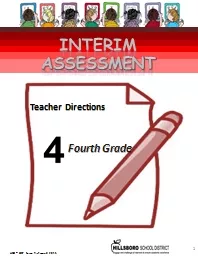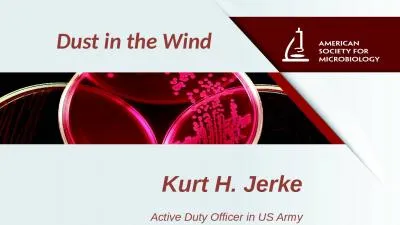PPT-density-of-states Kurt Langfeld
Author : garboardcola | Published Date : 2020-07-01
Liverpool University Lattice 2016 conference Southhampton 2430 July 2016 Developments What is the densityofstates method and what is LLR Theoretical amp Algorithmic
Presentation Embed Code
Download Presentation
Download Presentation The PPT/PDF document "density-of-states Kurt Langfeld" is the property of its rightful owner. Permission is granted to download and print the materials on this website for personal, non-commercial use only, and to display it on your personal computer provided you do not modify the materials and that you retain all copyright notices contained in the materials. By downloading content from our website, you accept the terms of this agreement.
density-of-states Kurt Langfeld: Transcript
Download Rules Of Document
"density-of-states Kurt Langfeld"The content belongs to its owner. You may download and print it for personal use, without modification, and keep all copyright notices. By downloading, you agree to these terms.
Related Documents

